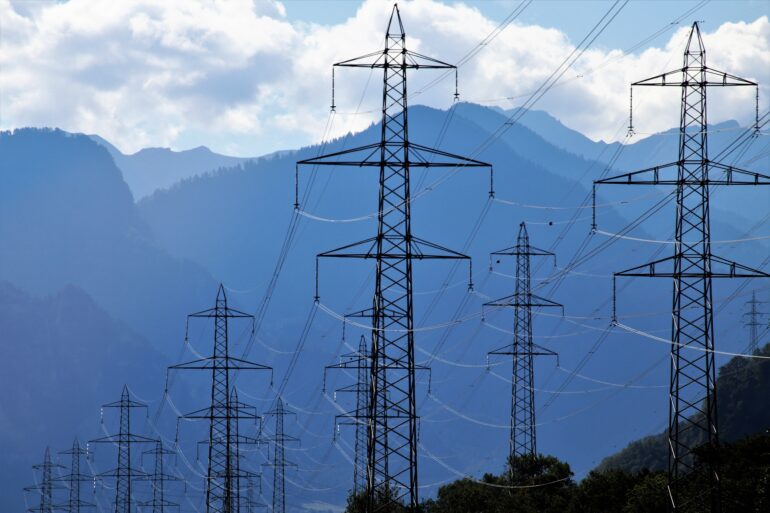TL;DR:
- Machine learning techniques are revolutionizing grid reliability analysis and optimization in the energy sector.
- Traditional methods of analysis can be time-consuming and less accurate in predicting unpredictable events.
- Machine learning enables improved predictions, optimized grid operations, and enhanced reliability.
- Supervised learning algorithms can identify patterns and reduce the frequency and duration of power outages.
- Reinforcement learning algorithms optimize grid operations by balancing the load and minimizing equipment failure risks.
- Machine learning aids in fault detection and diagnosis, reducing downtime and improving grid reliability.
- It facilitates the integration of renewable energy sources by predicting their output and maintaining grid stability.
Main AI News:
The rapid advancement of machine learning techniques has revolutionized various industries, and the energy sector is no exception to this transformative wave. By leveraging the power of machine learning, grid reliability analysis and optimization have witnessed remarkable improvements, leading to enhanced efficiency and effectiveness in power systems.
Grid reliability holds paramount significance in the energy sector as it ensures the uninterrupted supply of electricity to consumers, safeguarding against blackouts and power outages that can disrupt daily life and economic activities. Conventional approaches to grid reliability analysis heavily rely on intricate mathematical models and substantial computational resources. These methods are often time-consuming and may fall short of providing accurate predictions, particularly in the face of unforeseen events like natural disasters or equipment failures.
This is precisely where machine learning steps in, representing a subset of artificial intelligence that involves the utilization of algorithms capable of learning from data and making predictions. By harnessing machine learning techniques in grid reliability analysis, we can significantly enhance the accuracy of predictions, optimize grid operations, and ultimately bolster the reliability of the entire power system.
Among the myriad of machine learning techniques, supervised learning algorithms have emerged as a promising avenue. These algorithms can be trained using historical data, encompassing past instances of power outages or equipment failures, enabling the prediction of future events. By identifying patterns within the data that may indicate an imminent power outage, these algorithms empower operators to take proactive measures, reducing both the frequency and duration of power outages and thereby enhancing grid reliability.
Another compelling machine learning technique is reinforcement learning. This technique involves training an algorithm by rewarding correct actions and penalizing incorrect ones, enabling it to make informed decisions. In the context of grid reliability, a reinforcement learning algorithm could optimize grid operations by learning to balance the load across different grid components. This intelligent load management minimizes strain on individual components, effectively mitigating the risk of equipment failure and bolstering overall grid reliability.
Machine learning can also prove invaluable in detecting and diagnosing faults within the grid. Anomaly detection algorithms can identify unusual patterns in the data that may indicate a fault, while classification algorithms can precisely determine the type and location of the fault. By facilitating faster and more accurate fault diagnosis, machine learning significantly reduces downtime and fortifies grid reliability.
Moreover, machine learning techniques have the potential to optimize the seamless integration of renewable energy sources into the grid. By leveraging weather forecasts and other relevant factors, these techniques enable the prediction of renewable energy output. Consequently, grid operators can adeptly manage the variability associated with renewable sources, ensuring grid stability and maximizing the utilization of clean energy.
Conclusion:
The utilization of machine learning techniques for grid reliability analysis and optimization presents significant opportunities in the energy sector market. These techniques offer enhanced accuracy in predicting and preventing power outages, optimizing grid operations, and improving overall reliability. The ability to detect and diagnose faults faster and more accurately leads to reduced downtime and increased customer satisfaction. Moreover, the efficient integration of renewable energy sources into the grid improves sustainability and paves the way for a greener future. Embracing machine learning in the energy market will foster innovation, attract investments, and drive the development of advanced technologies to meet the evolving needs of the industry.

